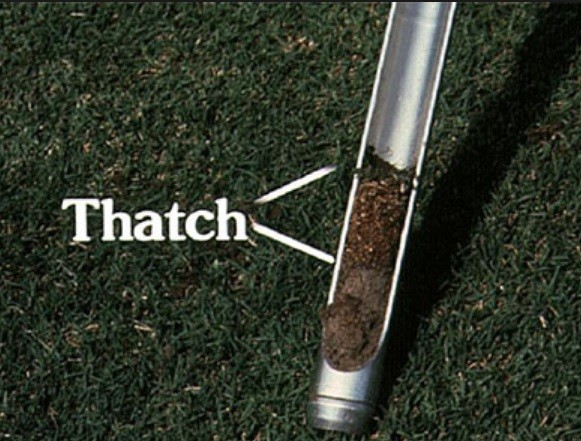The Truth About Thatch
GREEN COVE SPRINGS – Thatch is a term used quite a bit to describe issues with turfgrass, mainly because of the problems that accompany it. Thatch creates an excellent place for pest insects to …
This item is available in full to subscribers.
Attention subscribers
To continue reading, you will need to either log in to your subscriber account, or purchase a new subscription.
If you are a current print subscriber, you can set up a free website account and connect your subscription to it by clicking here.
If you are a digital subscriber with an active, online-only subscription then you already have an account here. Just reset your password if you've not yet logged in to your account on this new site.
Otherwise, click here to view your options for subscribing.
Please log in to continueDon't have an ID?Print subscribersIf you're a print subscriber, but do not yet have an online account, click here to create one. Non-subscribersClick here to see your options for subscribing. Single day passYou also have the option of purchasing 24 hours of access, for $1.00. Click here to purchase a single day pass. |
The Truth About Thatch
GREEN COVE SPRINGS – Thatch is a term used quite a bit to describe issues with turfgrass, mainly because of the problems that accompany it. Thatch creates an excellent place for pest insects to hide and holds moisture in the upper parts of the plant, which can lead to disease. However, thatch is often misunderstood, mainly where it comes from and how to manage it.
What is thatch?
Thatch is a layer of dead and living turfgrass between the lawn and the actual soil that can develop into a thick, spongy mat with a mixture of stem, root, and leave material. Thatch is commonly found in St. Augustine grass, Zoysia grass, and Centipede grass that is overwatered, overfertilized, or improperly mowed. It is rarely an issue in Bahia grass due to its more open growth and management.
Why is thatch a problem?
Excessive thatch creates several issues in the lawn. The buildup of plant matter makes a great habitat for insect pests and fungal growth. In addition to this, the layer can impede the penetration of water and fertilizer to the roots and makes the lawn more susceptible to cold and freeze damage. A lawn with heavy thatch will go dormant sooner in the winter and will take longer to start growing in the spring. Mowing is also complicated by this layer, making it easier for scalping to occur as the mower sinks into the lawn, cutting too much of the healthy upper turf layer.
How can I control thatch?
One of the best ways to control thatch is to follow the proper management strategies for your lawn. For more detailed information, check out solutionsforyourlife.ufl.edu to access fact sheets and guides for the care of your turfgrass species. By managing water and fertilizer properly, the layer will not establish as quickly and conditions that lead to the decomposition of thatch will be favorable. Also, try to never cut more than 1/3 of the total leaf blade when mowing. These longer clippings can take much longer to decompose in the lawn.
Some grasses can still build up thatch over time so de-thatching can be done. This is accomplished using a verticutter where thatch is actively removed. If the thatch layer is 2-3” thick, this should be done in April to June in our area. This process actively cuts down into the soil, through grass, thatch, and soil and then loose material can be raked off the surface. This is stressful on the lawn, especially those with Centipede grass. Aeration can also help to promote a better environment for thatch breakdown and topdressing with sterilizer can provide excellent control over time if done in small amounts to allow for decomposing microbes to contact the plant material.
Overall, remember that thatch is only an issue if excessive so for many lower maintenance lawn areas, these control methods are not necessary on a regular basis.
What about grass clippings?
Research shows that if proper mowing timing and height are maintained, grass clippings do not contribute to thatch and should be left on the lawn to decompose and add nutrition to the soil. Never leave grass clippings on pavement though as they can run off into local waterways, causing excessive nutrients.
If you have any questions contact the University of Florida/IFAS Extension Office by phone at (904) 284-6355. Visit clayextension.eventbrite.com to see and register for upcoming classes or call the office for more information.








